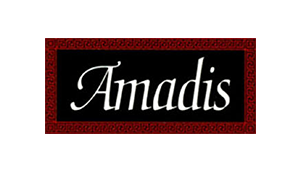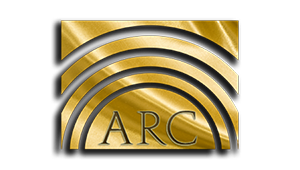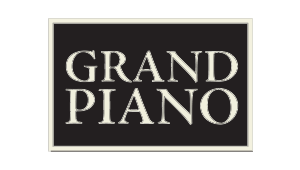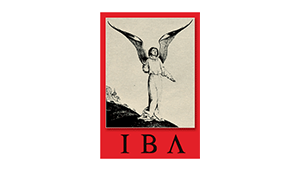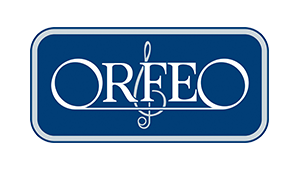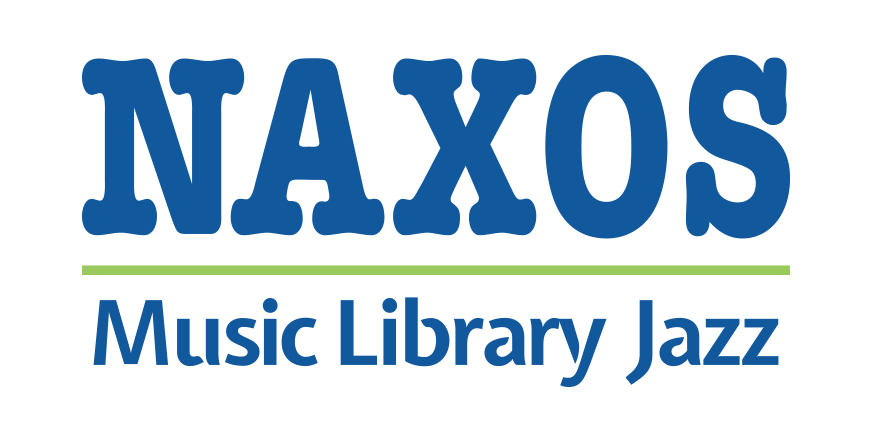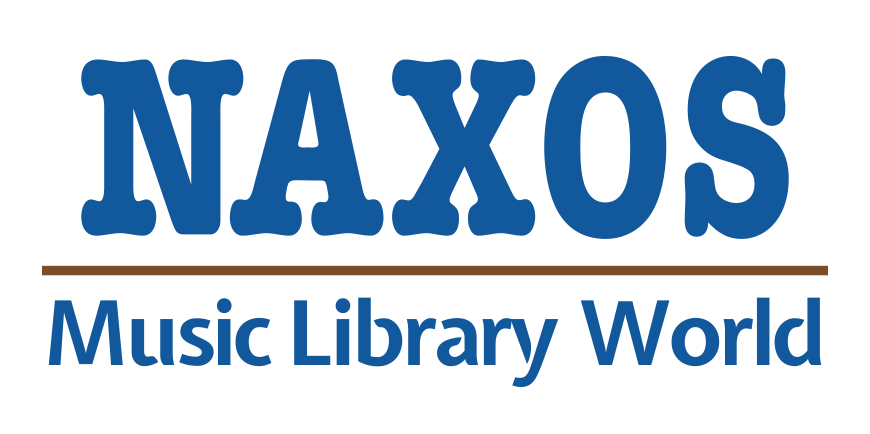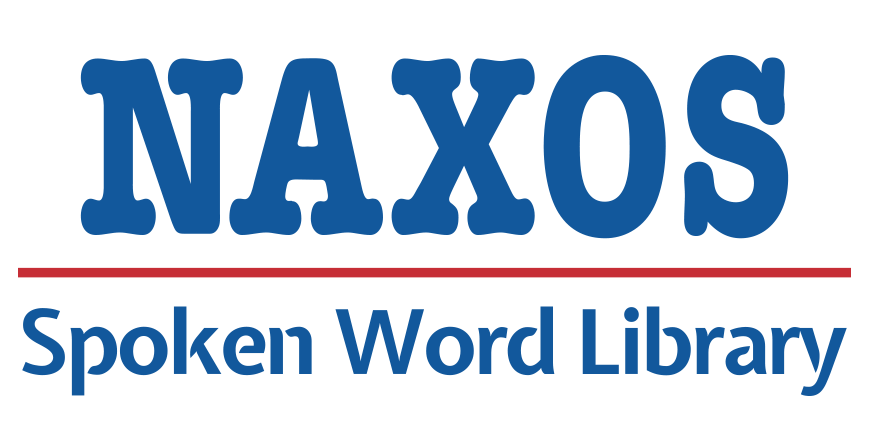
Apart from his vocal arrangement of the famous Adagio, Barber’s highly original, stimulating and immediately compelling choral music is still little known. None is more telling than the dramatic A Stopwatch and an Ordnance Map, a setting of a poem by Stephen Spender describing the death of a soldier in the Spanish Civil War, with its atmospheric accompaniment for three kettledrums. Reincarnations, a strikingly contrasted trio of Celtic folk songs, is equally memorable, as is The Virgin Martyrs for female voices, while many of the other items are lyrically and melodically highly appealing, not least Twelfth Night and the serene To be sung on water. The collection ends with a pair of avant-garde choruses from the opera, Antony and Cleopatra, followed by the powerful eight-part setting of Gerard Manley Hopkins’s God’s Grandeur. The performances are very accomplished and deeply felt, and the recording is first class.
When I first previewed this CD while driving, I hadn’t checked who was actually singing. I was impressed with the choir and stopped the car to read the label properly: I was delighted to find it was Melbourne’s Ormond College Choir! I was surprised to find them performing in the “American Classics” series; an interesting choice by Naxos…but it obviously a real tribute to the choir’s founder and director since 1982, Douglas Lawrence, that the choir performs so well and so consistently…Michael Easton provided excellent notes and commentary on each item…The Choir Ormond College does splendid work on all tracks.
As part of their continuing American Classics series the Naxos label now present the ninth volume in their survey of the works of Samuel Barber. The setting of texts for chorus is a genre that Barber undertook consistently and successfully throughout his career. The ubiquitous Adagio for Strings is contained on this release in the guise of his choral arrangement entitled Agnus Dei.
Barber was passionate about literature, especially poetry and he clearly excels as a highly effective and sensitive setter of the texts of his favourite poets. Consequently a large number of his scores were written for the voice. It is not surprising that Barber had such a penchant for composing vocal works as he possessed an excellent baritone voice and at one time considered becoming a professional singer; furthermore he was the nephew of the American contralto Louise Homer. Barber made a major contribution to the twentieth-century American song and chorus tradition that has endured with fondness in the concert halls and churches of the United States.
The first work on this release is A Stopwatch and an Ordnance Map from a Stephen Spender text about the Spanish Civil War, a terrible conflict that moved Barber greatly. The score contains a fascinating and imposing part for kettle drums that really adds colour and distinction. The male chorus of the Ormond College Choir gives a haunting performance of this unsettling lament for a fallen soldier.
Remarkable in this setting Under the Willow Tree from Barber’s opera Vanessa are the waltz rhythms on the piano that combine with the dominant female voices of the mixed chorus. This delightfully performed score reminded me greatly of the Brahms Liebeslieder Walzer.
The setting of a Laurie Lee text Twelfth Night for mixed chorus has a slightly sinister quality. To be sung on the Water,to words by Louise Bogan setting, is similar in mood to Twelfth Night and evokes a cold and icy winter’s night. I loved the jazzy syncopations superbly performed on the piano by Len Vorster in The Monk and his Cat for mixed chorus from the Hermit Songs, Op. 29.
Like Max Bruch with his Violin Concerto in G Minor, Barber’s name has become synonymous with a single work, the Adagio for Strings,which started out as the slow movement from his 1936 String Quartet. Two years later he arranged it for String Orchestra as the Adagio for Strings introduced by the NBC Symphony under Arturo Toscanini. The Agnus Dei is Barber’s 1967 arrangement for chorus and in this performance Ormond College under Douglas Lawrence convey a solemn and imposing, almost haunting quality.
Barber’s three Celtic part-songs Mary Hynes; Anthony O’Daly and The Coolin,despite the valiant efforts of the Ormond Choir, came across as unspectacular and rather unmemorable settings of James Stephens’ texts. For female chorus The Virgin Martyrs,a Helen Waddell setting, seemed an unremarkable score and the Emily Dickinson setting Let Down the Bars, O Death is pleasant and reasonably appealing, sung with appropriate devotion by the Ormond College Choir. It is sad to have to judge these songs over only a short period of time. One often requires longer when the score is unfamiliar, such as it was with many of these settings.
The two songs for mixed chorus Heaven-haven a Gerard Manley Hopkins setting and Sure on this shining night from a James Agee verse, that has an attractive piano part, are appealing scores. I found Heaven-haven a relaxing and undemanding score that I believe will grow on me. I was impressed with Sure on this shining night - a peaceful and optimistic work. In both scores the chorus of Ormond College provide intense and imposing contributions and I consider Agee’s setting to be a high point of the release.
In the Chorale for Ascension Day - Easter Chorale the Ormond College communicates a rapt liturgical character. The score seems to blend elements of the Victorian hymn with Gregorian chant. I was less impressed with the performance of On the death of Antony and On the death of Cleopatra from Barber’s 1966 opera Antony and Cleopatra. The singers seem to experience some tuning problems and at one point almost lose their way in these demanding scores, especially so in On the death of Antony.
Barber uses a Gerard Manley Hopkins text in the mixed chorus setting of God’s Grandeur. The chorus are impressive, direct and offer considerable reverence in this moving and devoutly imaginative score. A quite superb and brisk performance that is my highlight of the release.
There is an alternative recording of Barber Choral Works performed by the Cambridge University Chamber Choir and directed by Timothy Brown on Guild GMCD 7145. I am not familiar that disc but a swift Google has shown that both recordings have virtually identical programmes.
The sound on this Naxos recording is of a decent standard although not totally consistent in quality. The interesting and informative booklet notes from Michael Easton are of a high standard. I would conclude that Barber’s inspiration in these choral works does not always run smooth with the music displaying a slight unevenness in quality. Barber’s growing band of supporters will relish this Naxos release which is certainly worth exploring.


